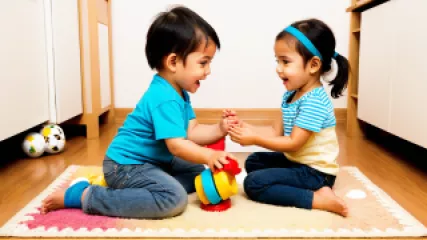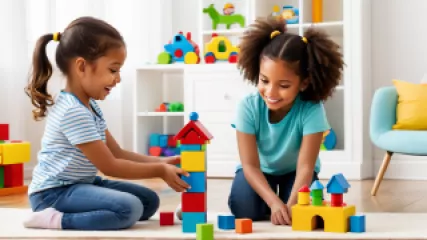Unlocking the Secrets of Personal Power in Psychology
vor 1 Jahr
Persönliche Macht in der Psychologie
Sibling Rivalry Solutions: Learning from Books and Movies
vor 1 Jahr
Lösungen für Geschwisterrivalität
Mastering Personal Power: The Ultimate Guide to Self-Confidence Building Sessions
vor 1 Jahr
Persönliche Macht in der Psychologie
What is the Impact of Social Networking on Mental Health?
vor 1 Jahr
Auswirkungen sozialer Netzwerke
Exploring the Impact of Social Networking on Mental Health: A Research Summary
vor 1 Jahr
Auswirkungen sozialer Netzwerke
Stop Sibling Rivalry: 5 Proven Strategies to Restore Peace
vor 1 Jahr
Lösungen für Geschwisterrivalität
Transformative Paws: An Interview with a Pioneer in Animal-Assisted Therapy for Depression
vor 1 Jahr
Tiergestützte Therapie
The Ultimate Guide to Resolving Sibling Rivalry
vor 1 Jahr
Lösungen für Geschwisterrivalität
Overcoming Obstacles: My Journey to Success
vor 1 Jahr
Hindernisse überwinden
The Benefits of Emotional Detachment: A Personal Perspective
vor 1 Jahr
Emotionale Distanzierung
Finding Harmony: My Work-Life Balance Journey
vor 1 Jahr
Work-Life-Balance
Effective Strategies for Sibling Harmony
vor 1 Jahr
Lösungen für Geschwisterrivalität
How to Support Adolescents Facing Challenges
vor 1 Jahr
Herausforderungen im Jugendalter
Exploring Mental Health Literacy Through Popular Films
vor 1 Jahr
Wissen über psychische Gesundheit















